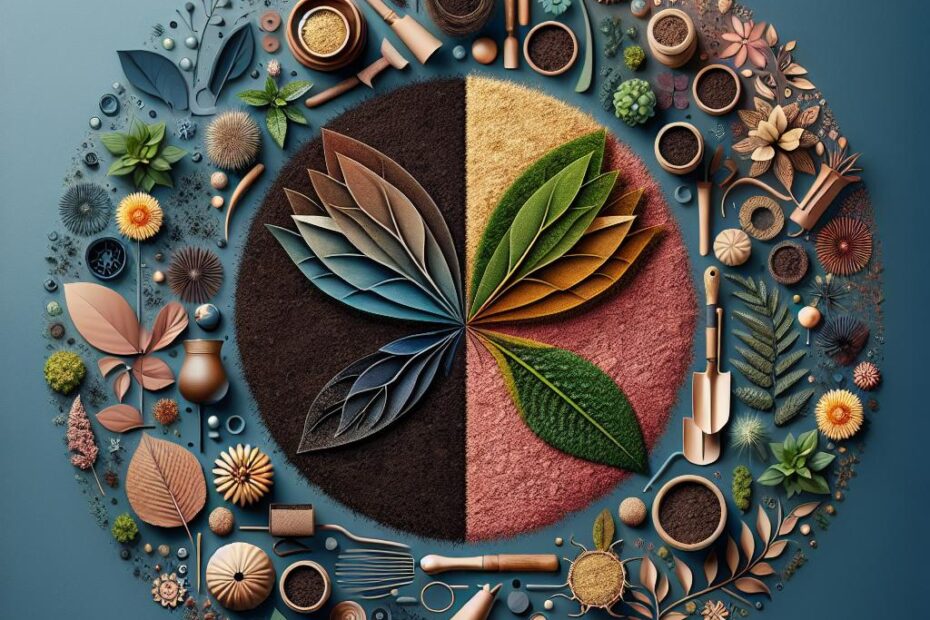What’s the Difference Between Garden Soil and Potting Soil?
Whether you’re a seasoned gardener or just starting out, understanding the difference between garden soil and potting soil is crucial to the success of your plants. While both serve as the foundation for growing healthy plants, they have distinct characteristics and uses. In this article, we’ll explore the key differences between garden soil and potting soil, and highlight when to use each type for optimal plant growth.
Understanding Garden Soil
Garden soil, also known as topsoil, is the natural soil found in your outdoor garden beds. It’s a combination of mineral particles, organic matter, water, and air that provides nutrients for plants to thrive. Garden soil is typically rich in nutrients and microbes, making it ideal for sustaining plant growth over long periods of time.
Characteristics of Garden Soil:
- Rich in nutrients
- Contains organic matter
- May vary in texture and composition
- Suitable for outdoor garden beds
Exploring Potting Soil
Potting soil, on the other hand, is specifically designed for container gardening. It’s a sterile growing medium that provides optimal drainage and aeration for potted plants. Potting soil is lighter in weight compared to garden soil, making it easier to work with in containers. It’s also formulated to promote healthy root development and prevent compaction.
Characteristics of Potting Soil:
- Excellent drainage
- Sterile and free of pests
- Lightweight and easy to handle
- Ideal for container gardening
When to Use Garden Soil vs. Potting Soil
While garden soil and potting soil serve different purposes, there are specific situations where one may be more suitable than the other:
| Garden Soil | Potting Soil |
|---|---|
| Best for outdoor garden beds | Ideal for container gardening |
| Rich in nutrients for long-term plant growth | Optimal drainage and aeration for potted plants |
| May need to be amended with compost or fertilizer | Sterile and lightweight for container use |
Benefits and Practical Tips
When choosing between garden soil and potting soil, consider the specific needs of your plants and the type of gardening you’ll be doing. Here are some benefits and practical tips to help you make the right choice:
- Use garden soil for long-term plantings in outdoor beds
- Opt for potting soil for container gardening and indoor plants
- Amend garden soil with compost or organic matter for added nutrients
- Choose potting soil with added perlite or vermiculite for improved drainage
Conclusion
In summary, garden soil and potting soil have distinct characteristics and uses that are essential for successful plant growth. By understanding the differences between the two, you can make informed decisions when selecting the right soil for your gardening needs. Whether you’re planting in the ground or in containers, choosing the appropriate soil is key to nurturing healthy and thriving plants.
